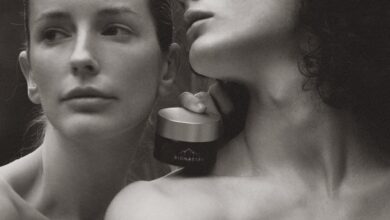Though minimalism has been around since the late 20th century, it’s only recently that homeowners are beginning to recognize its potential. While interior designers may be embracing the trend, however, it’s too often ignored in garden design. With the right plants, a modern minimalist garden can convey a sense of peace and tranquility and is also easier to maintain than most traditional landscape designs.
Draw a Layout
As with any DIY project, it’s crucial that you plan out your minimalist garden before heading down to the garden supply store. You should measure your space and decide exactly where you want important landscaping features such as an aloe tree, a vegetable garden or even a simple flower bed and incorporate it with hardscaping elements such as a patio or fountain. Doing this also allows you to plan out your materials and avoid wasting money on things you may not end up using. When completing your designs, also make sure that your plants are not obstructing your gutters, as leaves and debris can cause clogs. So,to avoid water damage, consider functionality in your layout; and just to be on the safe side, keep your gutters clean at all times.
Plants For Sheer Impact
The tree aloe (Aloe barberae) is a native of South Africa and Mozambique. With it’s slow growth, it can reach up to 18 metres. What’s more the tree aloe is drought tolerant and easy to maintain, as their ability to cope with high temperatures make them ideal for minimal gardens with plenty of hardscaping.
Another great plant is the Frangipani. Known for their scented blooms, the frangipani trees (also known as Plumeria) have a graceful shape that complements modern designs. All it needs is a frost-free space with plenty of sunlight to thrive.
Plants in Mass
For designs aiming for low-height plants with strong forms, the Mother-in-law’s tongue, otherwise known as Sansevieria or snake plant, makes it ideal for minimalist gardens. Its ability to cope with humid spaces makes it suitable for modern courtyards as well as pebbled walkways. Another great option is the New Zealand native plant, Apodasmia similis, or reeds. Many reeds are versatile to garden designs and are able to thrive in difficult conditions such as dry soil, high heat, or wind. For maximum effect, plant reeds in large groups.
Use Containers
In minimalist garden design, it’s not always necessary (or even possible) to plant landscaping elements in the ground. Often, containers are used to introduce life and color into hardscaping. By using pots, planters, and more, you can give your garden a more cohesive design by including plants on patios, walkways, and other features.
Great planning skills are the most important tool at your disposal when it comes to designing a minimalist garden. By including hardscaping and containers in your design, you can give your yard a less cluttered look. Choosing the right plants for your minimalist design can help to bring elegance to any space, including your front or back garden. If you find yourself getting overwhelmed you can let Elk Grove Tree Experts do the job.




